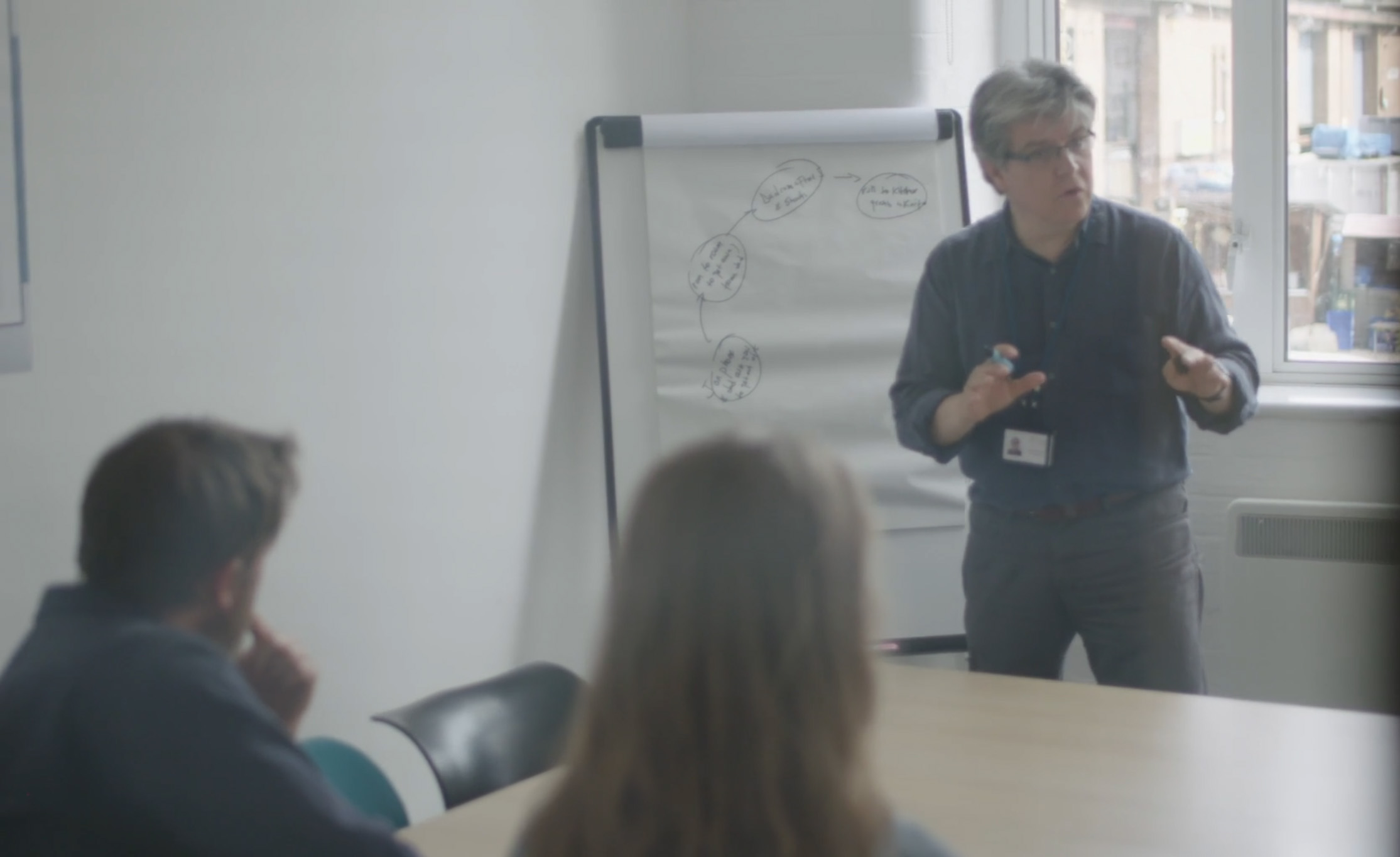26.02.2021 | Case Study
In practice: New approaches to procurement and contract management in the U.S

Results-driven Contracting and Active Contract Management; New Approaches to Public Procurement in the U.S.
In public services procurement, achieving the best possible value for money is often seen as the key priority. However, when this is interpreted simply as driving down input costs, and enforcing compliance against rigid specifications, it can actually result in the service delivering worse outcomes – thus diminishing the true value for money in terms of ’cost per outcomes successfully achieved’.
As one UK official explains: “Under a traditional input price competition, a properly resourced, high-quality bid often scores less than an under-resourced bid that can’t possibly deliver what we want. And even if we manage to select the bid which genuinely offers the best team, I worry that once a service is procured, if I allow providers to build in what they are learning – by personalising their service to individuals, or changing their overall service design halfway through the contract, I might receive a legal challenge from the other short-listed providers who were not selected. Post-award monitoring and compliance has often focused on ensuring that contracts are delivered according to what was procured, for the duration of the contract – even if it is clearly not working.”
When the commissioner is mainly interested in buying a set of rigidly pre-specified inputs, at the lowest possible price per input, it creates a very short-term focus and a compliance-style dynamic between the two – one that can sometimes be quite adversarial. This is rarely a great recipe for improving people’s lives.
From compliance to partnership
One interesting solution has emerged in the United States. Professor Jeff Liebman, who was chief economist in President Obama’s Office for Budget Responsibility, created Harvard University’s Government Performance Lab (GPL). Its work has re-directed more than $6 billion of funds towards results-based programmes across 200+ projects, which have collectively helped nearly 500,000 people. One of these involved supporting Gina Raymondo, the Governor of Rhode Island State, whose children’s services division was $16m over budget and delivering poor outcomes.
Professor Liebman’s team helped Rhode Island to form a new type of relationship with its contractors. GPL found that “governments often treat procurement and contract management as back office administrative functions, instead of powerful levers for systems change… Procurements can be overly prescriptive and regulated, stifling innovation and reducing competition… Contract management tends to focus on compliance instead of performance improvement, with contractors held accountable for inputs and activities rather than outcomes and impacts.”
“Contract management tends to focus on compliance instead of performance improvement, with contractors held accountable for inputs and activities rather than outcomes and impacts”
In Rhode Island, the GPL team came to a similar conclusion as the children’s placements projects described in chapter 2: that a greater investment in planning and matching of children with potential foster families would yield dramatically more stable placements. To implement these changes, they developed a new kind of collaborative partnership: defining a clear shared vision of what they wanted to achieve, and working together to achieve it. This gave both partners – contract manager and supplier – more freedom to innovate and experiment, for example by spending more time and resources earlier in the process than had been originally envisaged. So instead of running basic input price competitions against inflexible ‘specifications’, and then auditing organisations against compliance, Rhode Island contracted for better results. This enabled the partners to embrace continuous change, as a way to achieve their shared vision.
This two-pronged approach – which GPL calls “Results-driven Contracting” at the procurement stage, and then “Active Contract Management” during delivery – had a big impact. The share of young people in local children’s homes declined 29 percent; the numbers of children in foster placements rose 63 percent; and the numbers of children in out-of-state institutional care dropped 44 percent. That provided Rhode Island with significant value for money, and critically, better long-term outcomes for the children in their care.
A better way of thinking about Value for Money and partnerships
Here in Britain, more commissioners are also beginning to work in this way, both in terms of procurement and contract management.
The ‘formal relational contract’ model for private sector contracting developed by Oliver Hart at Harvard establishes the importance of a partnership mentality, with clearly aligned interests and clear governance structure. Unlike a purely transactional contract, these features enable teams on both sides to innovate together and optimise budgets appropriately.
The adoption of these ideas in the public sector, in addition to the GPL’s proven methods, is enabling commissioners to think about value for money in a more sustainable way. If innovations exist that can disproportionately improve long-term outcomes and reduce pressure on future budgets (like investments into better quality up-front matching for foster care), an approach that implements and refines these is clearly the best value for public money over the life of the project.
There is still a widespread fear within procurement teams that their legal requirement to select the ‘Most Economically Advantageous Tender’ might be interpreted narrowly to mean the bid with the lowest short-term input costs – even if this means selecting under-resourced teams that achieve poor outcomes, and ultimately deliver worse value for money. However, in reality, procurement law is much more flexible than many realise: a range of options exist to help commissioners catalyse innovation, drive continuous improvements and achieve true value for money over the entire life of their programmes.
To assist with this, a group of specialist organisations wrote ‘The Art of the Possible’, which includes a set of case studies and guidance for ways in which procurement teams can enable such approaches. As Dai Powell, one of the UK’s leading social entrepreneurs, says in the booklet: “All too often, the innovative commissioners we work with find that they are held back by people saying: ‘you can’t do that because of procurement law’. Usually, there is actually nothing to stop them and the law is supportive of their ambitions.”
There is now a thriving community of public servants in the UK who are actively seeking ways to use procurement and contract management as the ‘powerful levers for systems change’ that Professor Liebman envisaged, focusing on improved outcomes, and true, long-term value for public money. Many of the examples elsewhere in this paper were led by these people. The launch of the Commissioning Academy by the Cabinet Office, the Bold Commissioners Club by E3M, the Government Outcomes Lab at Oxford University, and the Public Service Transformation Academy mean that spaces now exist for these innovators to share ideas, peer-support and learning. (And some of their most inspiring stories are available through Mutual Ventures’ Radical Reformers podcast, a deep dive into public service innovation across the UK.)


